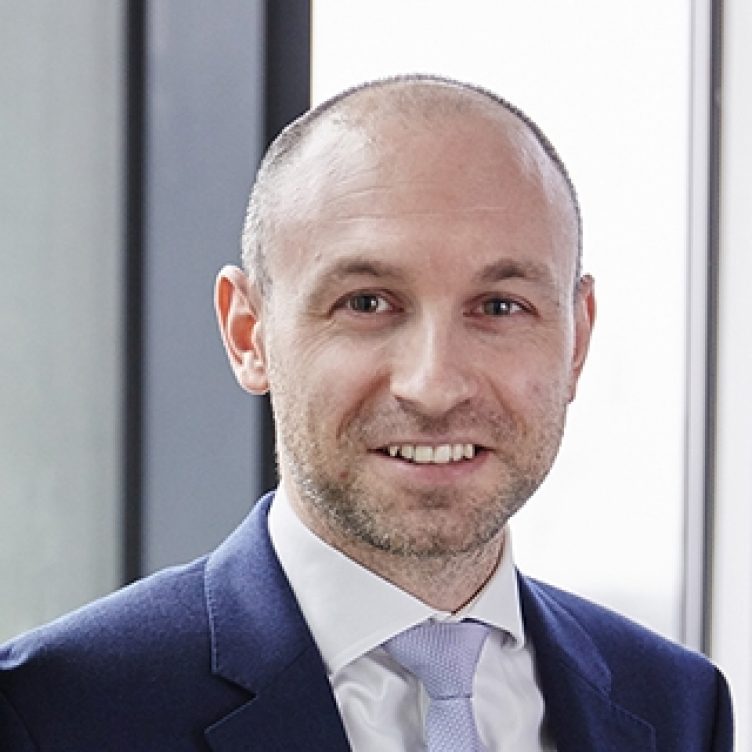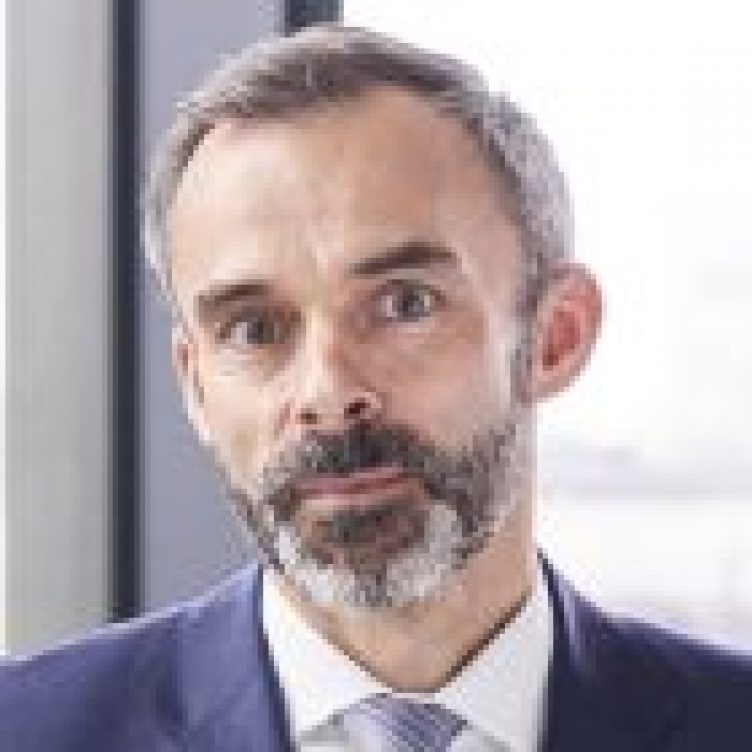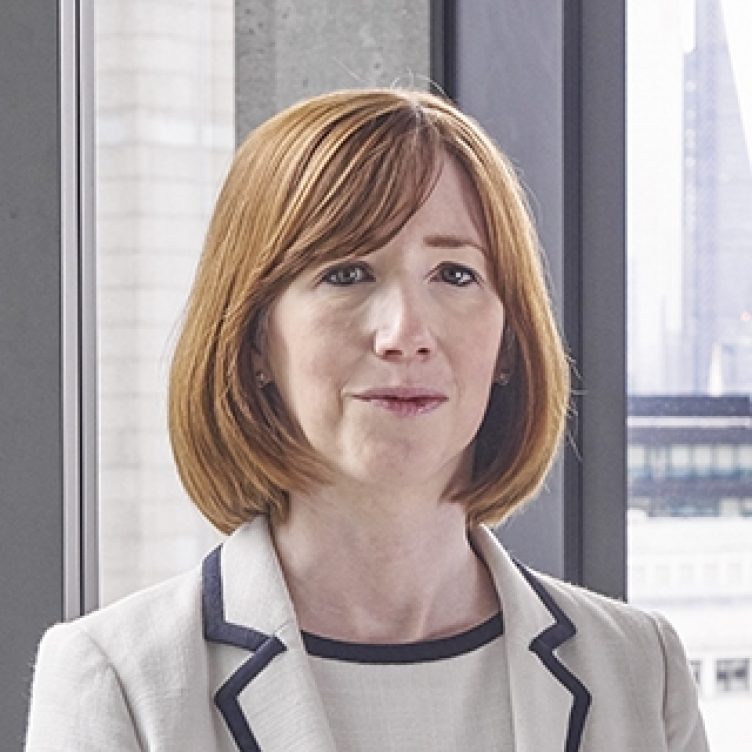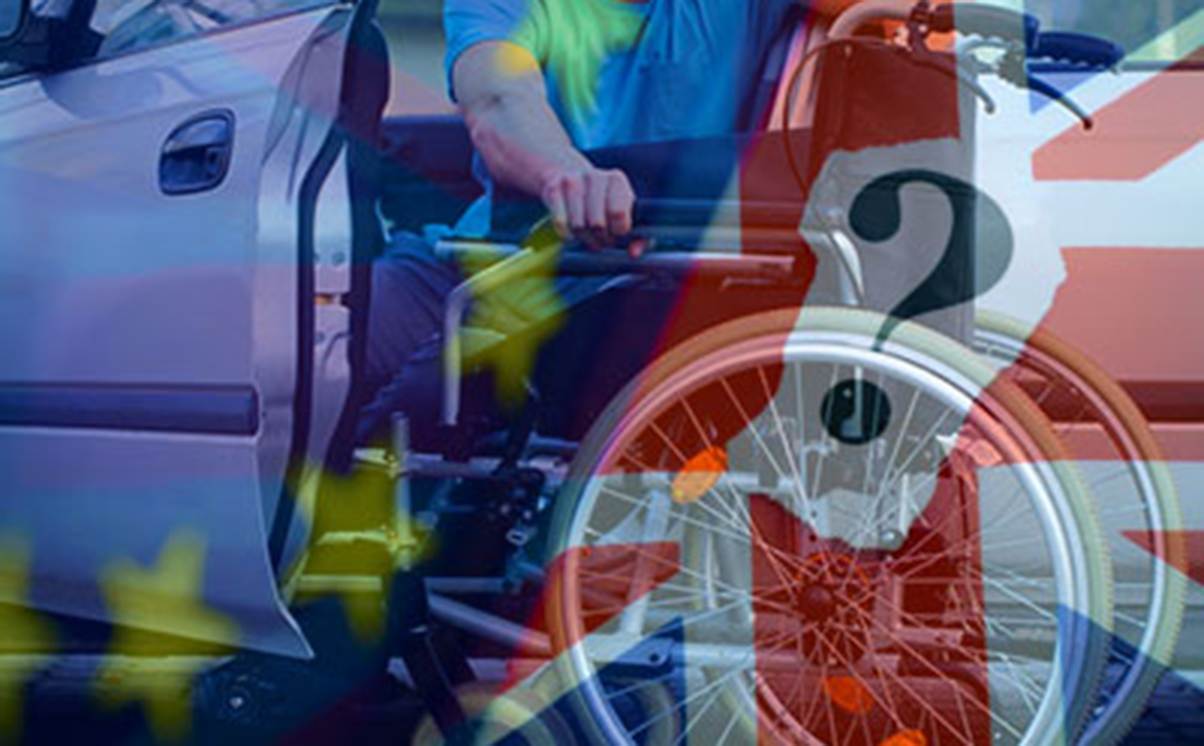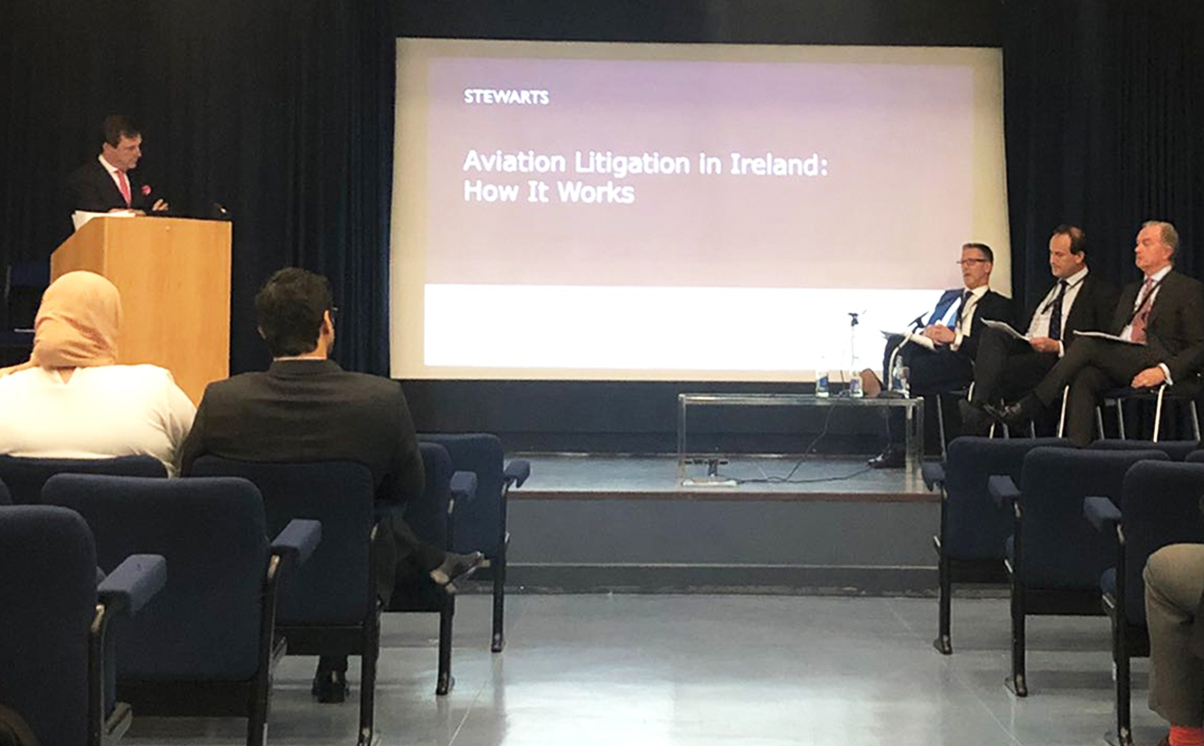Stewarts’ Aviation and International Injury teams attended the annual Pan European Organisation of Personal Injury Lawyers (PEOPIL) conference in Amsterdam on 5 and 6 September. The focus at this year’s conference was traumatic brain injury and the challenges this presents to lawyers specialising in acting for victims of serious accidents. The event also provided an opportunity for Stewarts’ aviation and international injury specialists to build and strengthen ties with contacts from Europe and beyond with whom they regularly collaborate in pursuing their clients’ claims.
Chris Deacon, a partner in our International Injury team, spoke at the conference about the impact of traumatic brain injury on bilinguals. Due to their specialism in acting for Brits injured overseas or foreign nationals seriously injured when visiting the UK, the international injury team often encounters the unique features that arise when bilingual individuals suffer a traumatic brain injury.
As Chris explained at the conference, these cases require the team to consider how their clients’ language abilities have been affected and what this means for life after injury, including capacity for work, therapies, care requirements and the environment in which they will do best. For example, will the client maximise their recovery by returning to their native country? Or, should they remain in the UK where English may be their second language and possibly more impaired than their native language?
There are different theories about where the function of the second language is found in the brain. Chris talked through the studies, applying the findings to real case studies and providing tips on how to maximise the client’s recovery. He spoke about the importance of tailoring the evidence gathering to a bilingual client’s case.
Chris commented: “Ideally, assessments would be undertaken by a foreign speaking speech and language therapist and/or neuropsychologist, as appropriate, but this can be practically impossible, especially for the less common languages out there. Therefore, when using interpreters to assess a bilingual client’s language function, it is important to ensure they are well briefed on the tests beforehand and only relay exactly what the client has said to get a true picture on their function.”
He continued: “The environment in which a client is assessed may need to be varied. For example, a bilingual child with a brain injury may have better recall of English at school than in the home environment where their family’s native language is mostly spoken. Crucially, where there is any uncertainty about a client’s mental capacity, assumptions should not be made until the client has been assessed in both of their pre-accident languages. These considerations will inevitably increase costs. In countries such as England and Wales, where there is judicial control of the legal costs incurred in pursuing a case, those acting for bilingual clients who have suffered a brain injury need to present persuasive evidence as to why their client’s needs differ to what might be considered the norm.”
Other highlights from the conference included talks by Dr Philip Weir, a neurosurgeon, Dr Mike Dilley, a neuropsychiatrist in neurorehabilitation, and Dr Daniel Friedland, a neuropsychologist. One of the themes running through their talks was predicting the outcome for patients following traumatic brain injury.
Dr Weir explained how a patient’s score on the Glasgow Coma Scale on admission to hospital is a poor indicator of longer-term recovery from traumatic brain injury. He also explained how diffuse axonal injury, where an acceleration/deceleration causes shearing of the nerve fibres in the brain, will not show up on a conventional MRI scan.
Dr Friedland spoke about the potential of diffusion tensor imaging which can pick up 15% more abnormality following traumatic brain injury than a standard MRI scan. The advances in technology and diagnosis will help lawyers acting for the victims of traumatic brain injury ensure that the full impact is taken into account when assessing the client’s claim for damages.
Head of Aviation and International Injury, Julian Chamberlayne who attended this event said;
“Once again the PEOPIL conference provided an excellent opportunity to catch up with international injury lawyers from Europe and beyond. The common theme at every coffee break was their combined fascination and dread over the implications of Brexit for the victims of cross border accidents”
The event was also attended by specialist aviation partners Sarah Stewart and Peter Neenan and International Injury Associate Rebecca Huxford.
You can find further information regarding our expertise, experience and team on our International Injury and Aviation pages.
If you require assistance from our team, please contact us or alternatively request a call back from one of our lawyers by submitting this form.
Subscribe – In order to receive our news straight to your inbox, subscribe here. Our newsletters are sent no more than once a month.


